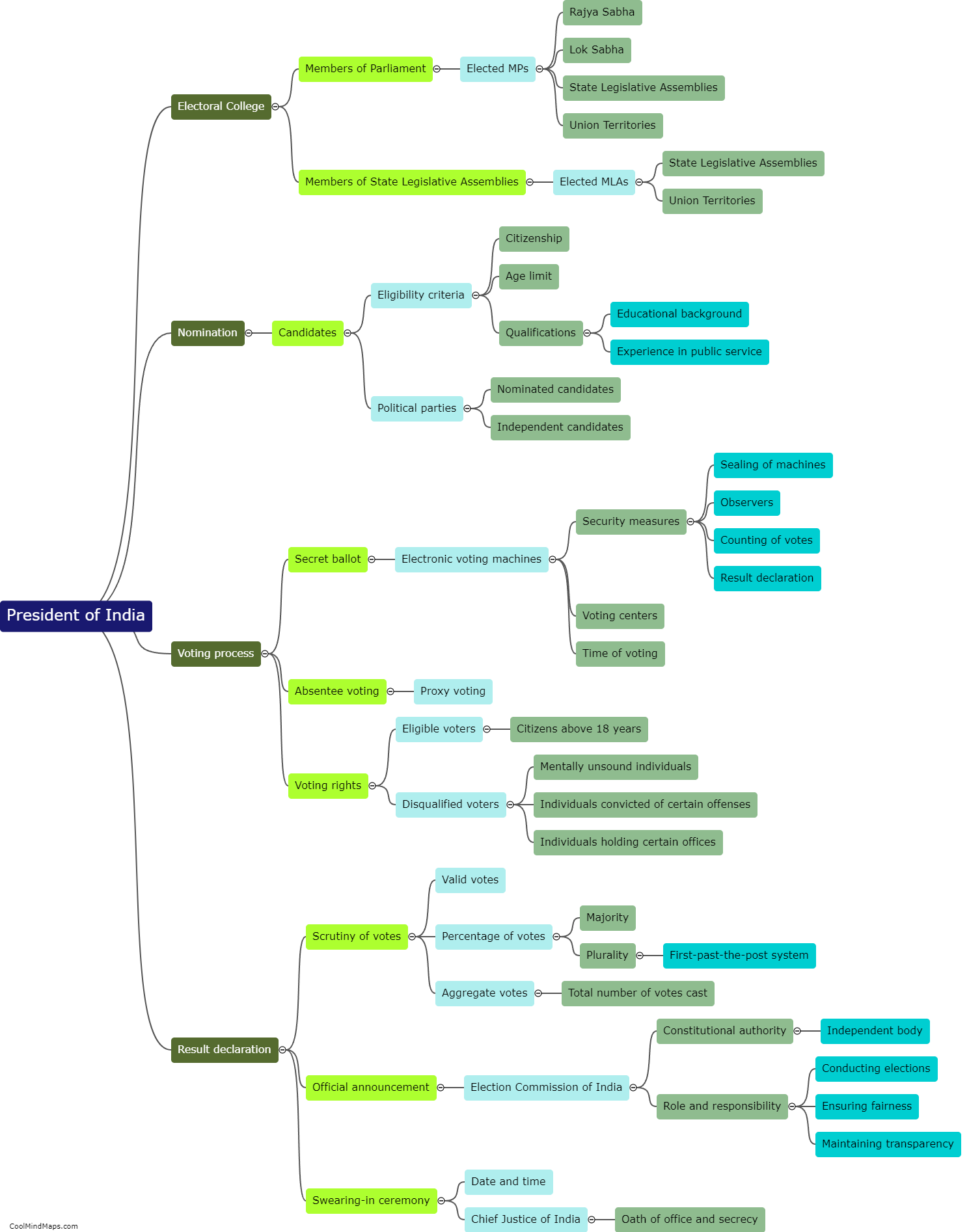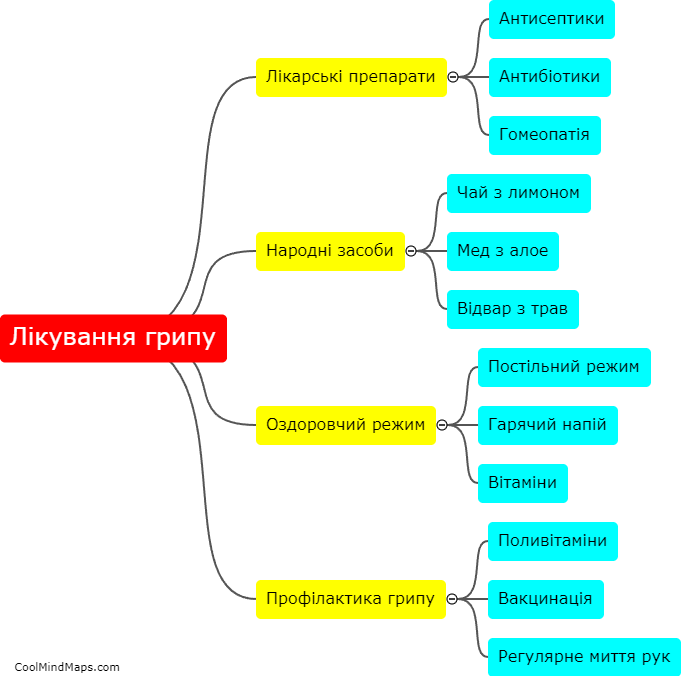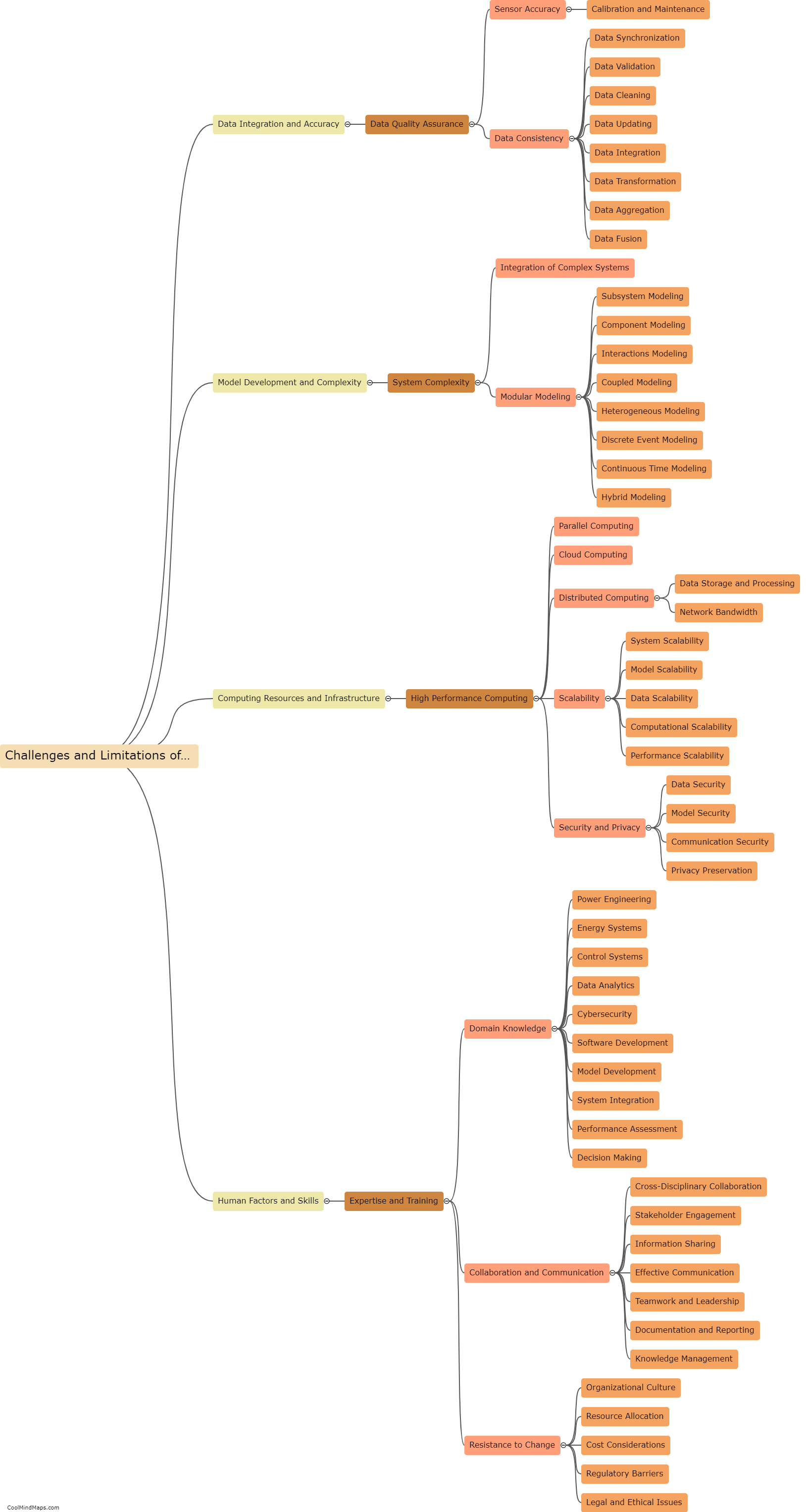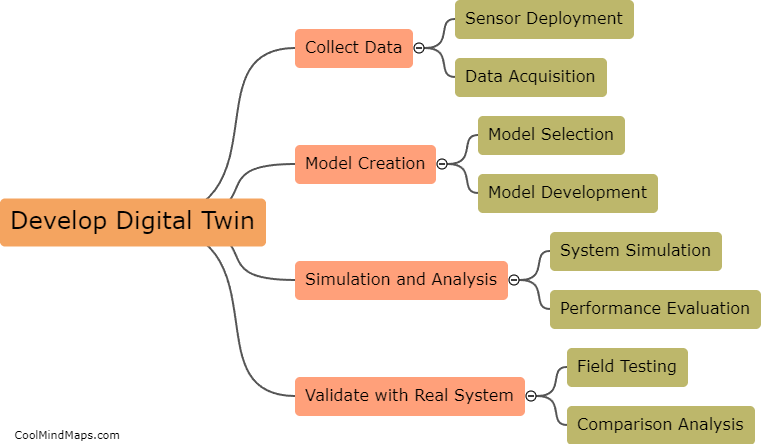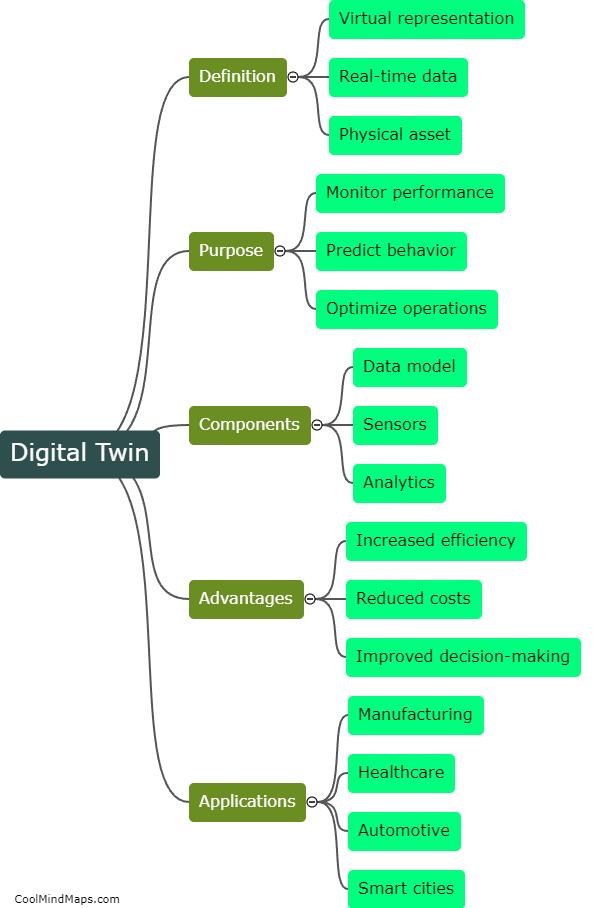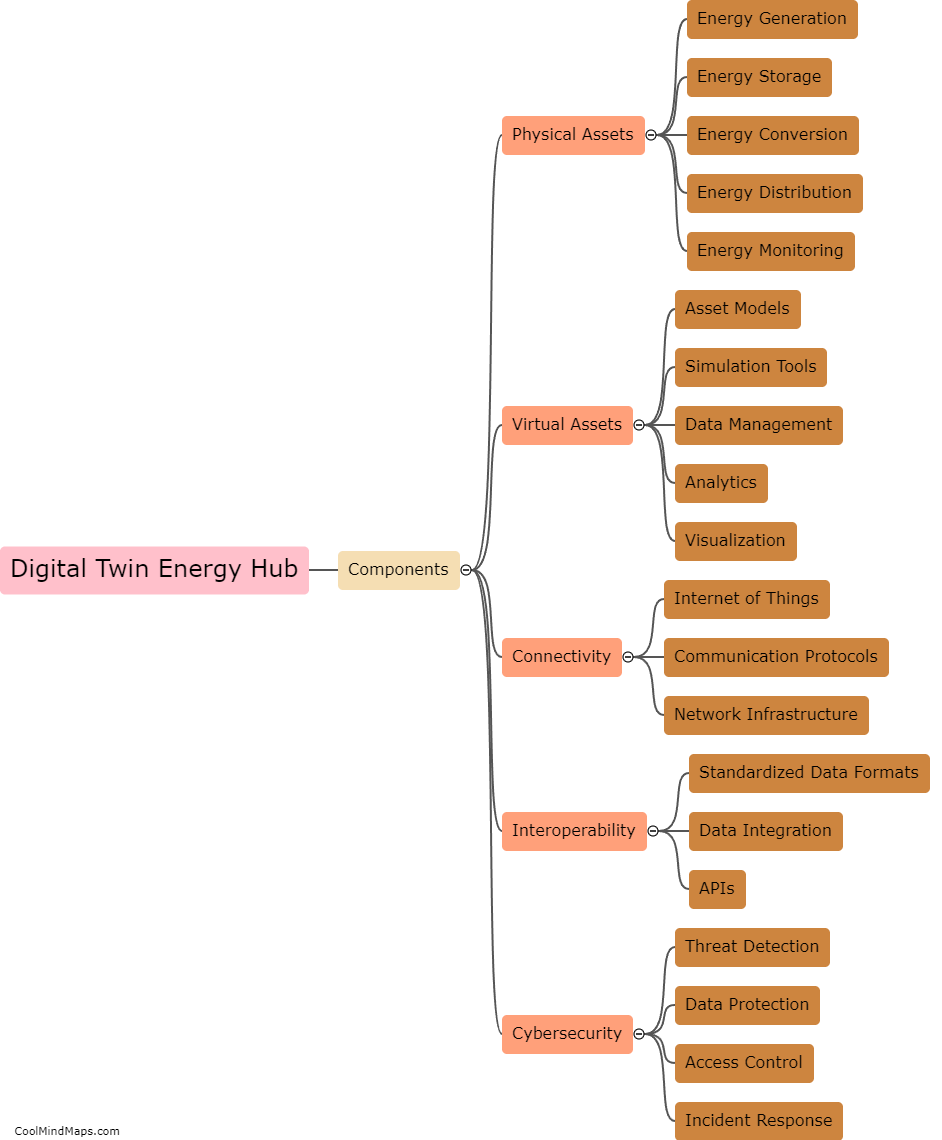How can a digital twin energy hub be modeled?
A digital twin energy hub can be modeled by integrating various components and systems involved in the energy hub, such as power generation units, storage devices, transmission and distribution networks, and consumer loads. The modeling process begins with collecting data on the physical infrastructure and operational parameters of these components. This data is then used to create a virtual representation of the energy hub in a computer-based software platform. By simulating the behavior and interactions of different components, the digital twin can accurately reflect the real-world performance of the energy hub. The modeling process also involves incorporating advanced algorithms and predictive analytics to optimize the energy hub's operations and identify areas for improvement. Overall, the modeling of a digital twin energy hub provides a comprehensive tool to monitor, analyze, and optimize the performance of an energy system, contributing to more efficient energy management and sustainable development.
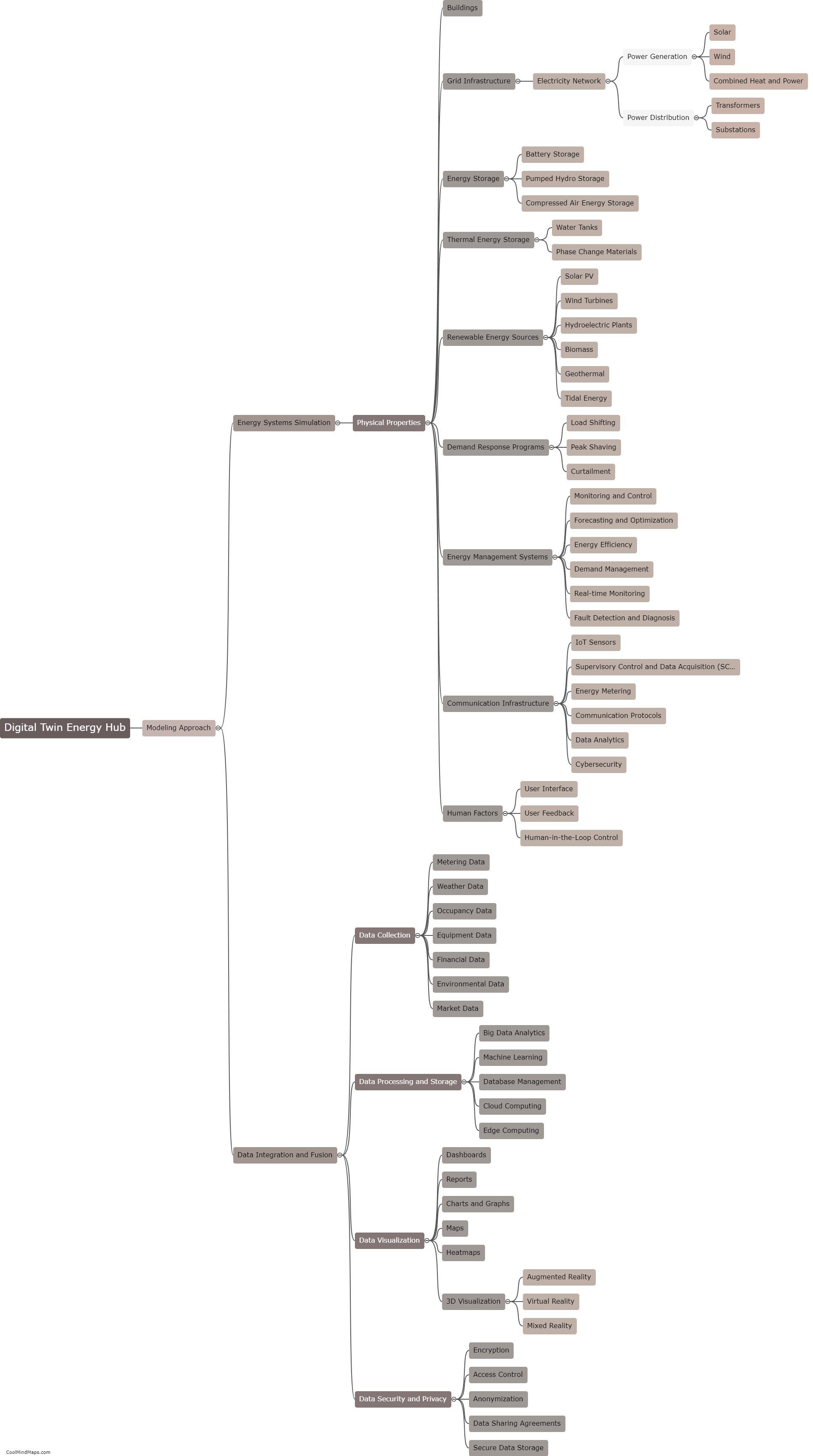
This mind map was published on 23 October 2023 and has been viewed 97 times.


